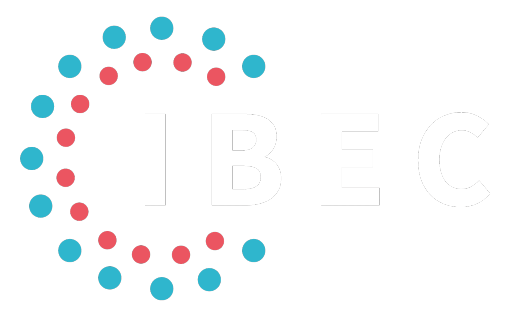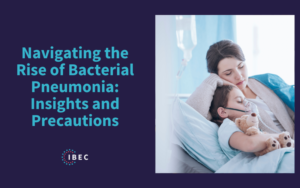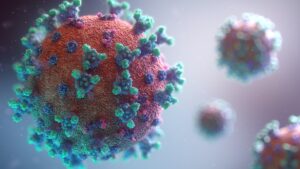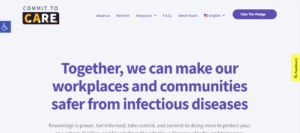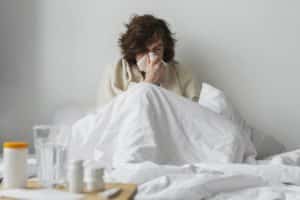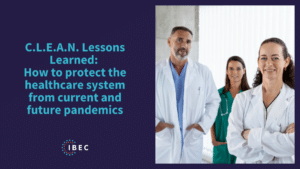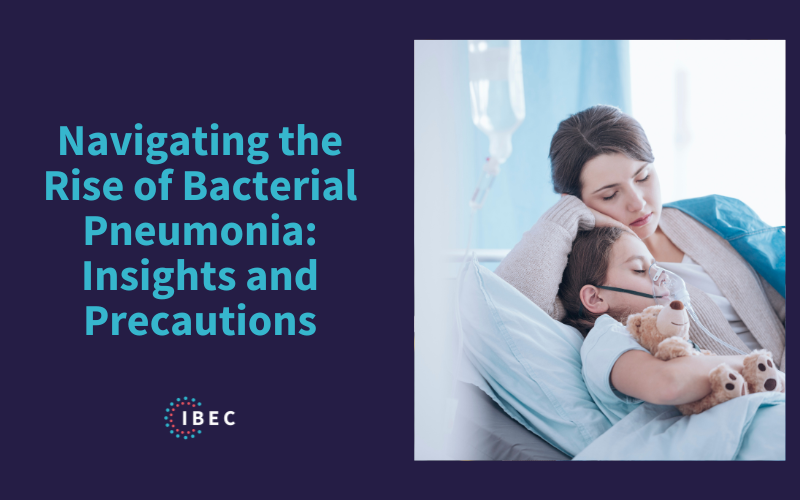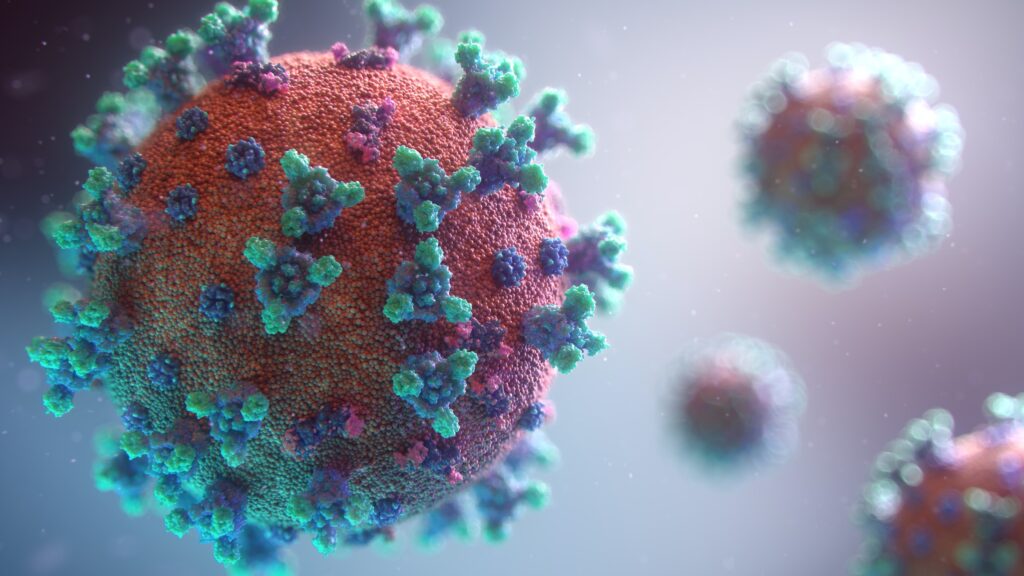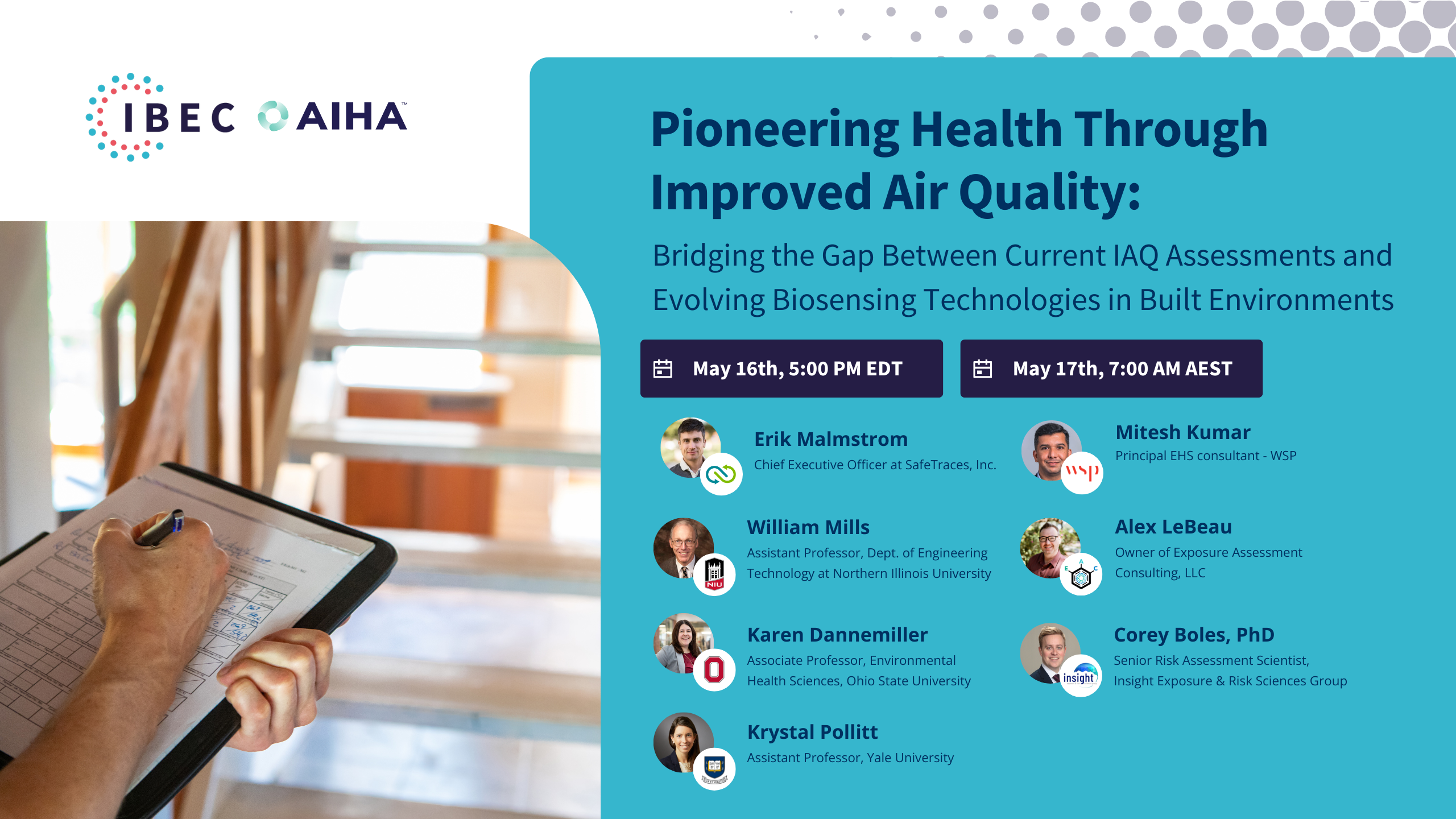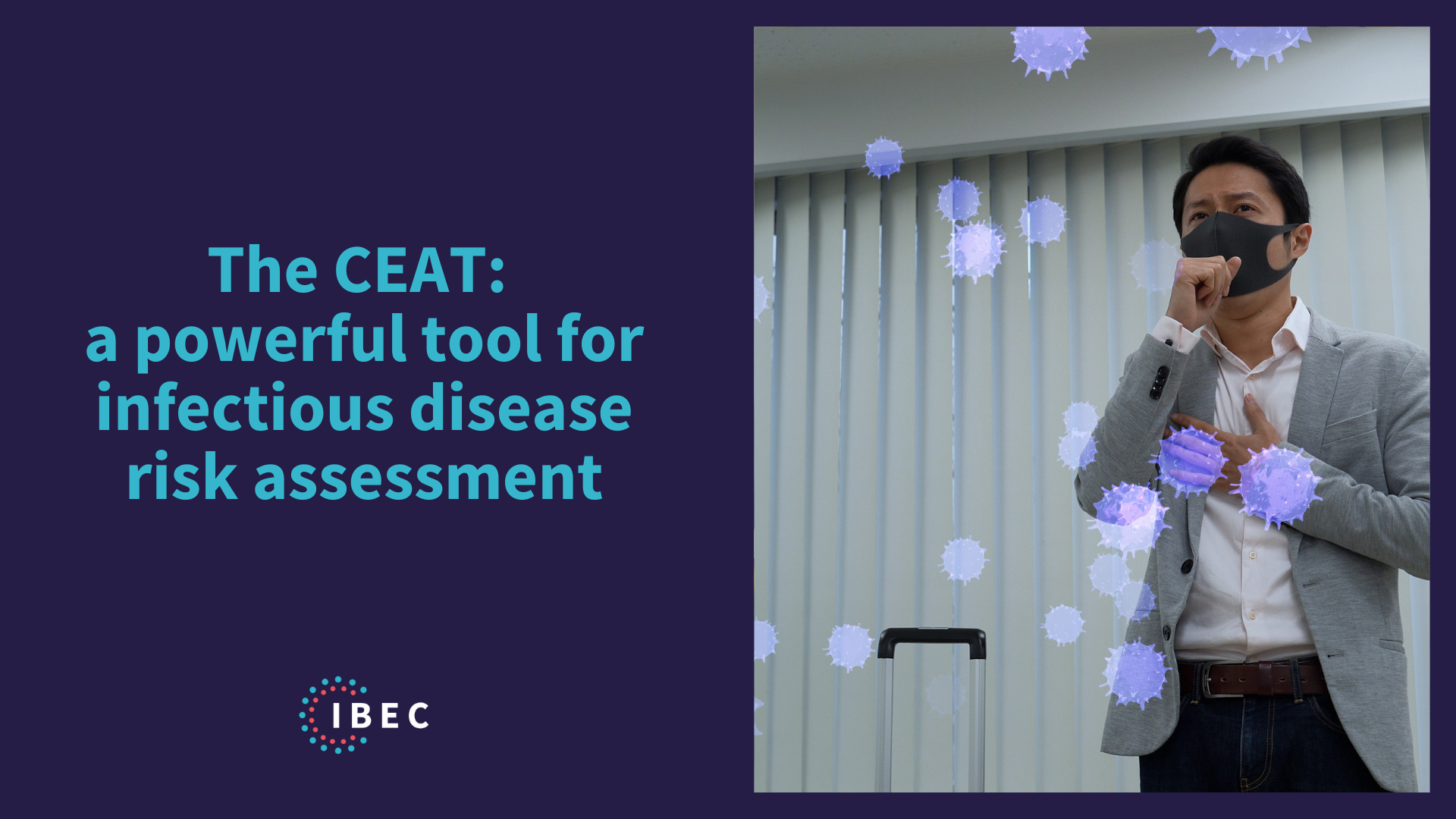
The CEAT is a powerful tool for infectious disease risk assessment. Keep reading to learn about its development and use.
We will never forget March 11th, 2020, the day when the World Health Organization declared COVID-19 a pandemic. However, more important for what was to come may have been a day before, on March 10th, when 61 members of the Skagit Valley Chorale came together for choir practice.
Members of the choir followed the recommendations; they reframed from hugs and shakes, used sanitizer, and practiced social distancing. Sadly, they weren’t aware that one of the members had an active case of Sars-Cov-2. Within three weeks, 52 other choir members who were present on March 10th had become ill. Ultimately three were hospitalized, and two died.
The Skagit Valley Chorale practice was one of the first and best documented super-spreader events, and it shed endless light on the virus way and extension of transmission. This event, alongside numerous comments and studies by the science community, helped the world realize COVID-19 primary transmission route: airborne.
By April, the scientific community started to develop ways to assess the risk of getting infected by COVID-19 in indoor spaces. This need came from the impossibility of some jobs being done in a remote way. Signature Science, a consulting firm based in Austin, Texas, had this issue, and Brian Schimmoller was ready to give it all to the task of keeping his employees safe.
The COVID-19 Exposure Assessment Tool (CEAT)
About the creator of the CEAT

Brian Schimmoller served for years as a weather officer in the U.S. Army Force. He later attained a master’s degree in environmental engineering. From then on, he focused on projects that incorporated indoor and outdoor air pollution measurement and modeling. In 2001 he helped found Signature Science, where he is now president and CEO.
About the company that created the CEAT
Signature Science offers physical, life, forensic, and data science-related technical solutions and technologies. Its employees specialize in bioinformatics, genomics sequencing, CBRNE (chemical, biological, radiological, nuclear, and high-yield explosives) detection systems, and laboratory quality assurance. They collaborate to develop technical solutions to address national security and law enforcement challenges.
Why was the CEAT necessary?
At Signature Science, people work in laboratories, meaning they must attend the workplace at some time. Remote work wasn’t viable, and the company needed to develop a way to keep face-to-face interaction while keeping employees safe from COVID-19 transmission.
The first intent of this method was to create a nomogram – a graphical calculating device, a two-dimensional diagram designed to allow the approximate graphical computation of a mathematical function – however, it didn’t allow the input of all the variables needed to asses employees’ risk on the built environment.
Schimmoller noticed the best way to include all variables was using an editable PDF that OEHS professionals can use to determine the relative risk of group projects in the age of COVID-19, and the mission of creating the CEAT started to take full form.
About the CEAT
The premise behind creating the CEAT was making the tool piece together all the information needed to calculate whether an individual would receive an infectious dose of SARS-CoV-2. However, no one really knew what an infectious dose was.
Thus, he focused instead on calculating relative risk against a baseline exposure scenario of concern that was defined by the CDC and OSHA in April 2020 (a full explanation of the baseline scenario and the CEAT model appears in a preprint article and supplementary material published by medRxiv. An updated, peer-reviewed version of the article was published in September in the journal Science Advances.).
As a result. users would enter information about their planned event, and the PDF would calculate the event’s risk relative to the baseline scenario. If their planned scenario yielded a result of “high risk,” users could also plan for a safer event by changing the variables to see how each affected the result.
What’s next for the CEAT?
The CEAT holds promise not only for helping employers navigate what remains of the COVID-19 pandemic but also for responding to future pandemics. Schimmoller explained that, with some tweaks to the CEAT model, the tool could be used to predict relative risk for other infectious diseases such as tuberculosis, measles, and pandemic influenza.
But for the foreseeable future, the CEAT should get plenty of use from employers trying to keep their staff safe from COVID-19.
IBEC, AIHA, and the CEAT
In 2021, AIHA received a grant from CDC/NIOSH that funded efforts to educate businesses and healthcare facilities on how to better prepare their indoor environment against airborne diseases. AIHA sought IBEC’s help to identify ways to achieve this goal, and one of IBEC’s CSO Kenneth Martinez’s recommendations was for the two organizations to publicize the CEAT.
The Signature Science team was receptive to this idea. They had developed the CEAT without any outside funding, for their own use, and largely on their own time. Still, they believed in its potential to help other businesses and appreciated the opportunity to increase its reach. IBEC, AIHA, and Signature Science subsequently signed an agreement allowing AIHA to use the CEAT as one of its deliverables to satisfy the requirements of the CDC/NIOSH grant.
Related Blogposts
Interdisciplinary Collaboration in Environmental Science: Pioneering Health Solutions with IBEC’s New CSO
The Integrated Bioscience and Built Environment Consortium (IBEC) proudly introduces its new Chief Scientific Officer (CSO), Stephane Bilodeau. Bringing over 25 years of diverse experience…
Navigating the Rise of Bacterial Pneumonia: Insights and Precautions
Navigating the Rise of Bacterial Pneumonia: Insights and Precautions As winter’s chill sets in, health professionals and organizations brace for the annual uptick in respiratory…
New COVID-19 Variant JN.1 Raises in the United States
JN.1 is a highly contagious, fast-spreading subvariant of omicron that has become the dominant strain in the country. According to data from the Centers for…
Pioneering Steps to Control Infectious Aerosols: Dr. Claire Bird Offers Expert Insight on ASHRAE’s New Draft Standard
As we navigate through the challenges posed by the COVID-19 pandemic and other airborne diseases, there is a dire need to implement measures that will…
IBEC Takes the Lead in Developing a Framework for Reducing Indoor Pathogen Transmission
Dear IBEC Partners and Supporters, As we continue to navigate the ongoing threat of airborne pathogens transmission in our shared indoor communities, it’s more important…
New Commit To C.A.R.E. Resources Deliver Innovative Indoor Air Quality Solutions for Safer Workplaces
The Commit to C.A.R.E initiative The Integrated Bioscience and Built Environment Consortium (IBEC) and The American Industrial Hygiene Association (AIHA), two leading organizations committed to…
Staying Ahead of Severe GAS Infections and Other Secondary Bacterial Infections
Severe Group A Streptococcal (GAS) infections, including invasive disease (iGAS), can lead to life-threatening illness and death. CDC is looking into an increase in…
Industry Leader L’Oréal Pledges to Support Commit to C.A.R.E.
Industry Leader L’Oréal Pledges to Support Commit to C.A.R.E. With health experts warning of the triple threat of the continued spread of new COVID-19…
C.L.E.A.N. Lessons Learned: How to protect the healthcare system from current and future pandemics
The COVID-19 pandemic caught the world off guard. Health organizations all over the globe rushed into a quick response to protect people from the threat…
Best ways to be safe from COVID-19 in public transport
Since the beginning of the pandemic, industrial hygienists have been researching and broadcasting the information needed to prevent the infection & spread of COVID-19. Under…
Interdisciplinary Collaboration in Environmental Science: Pioneering Health Solutions with IBEC’s New CSO
The Integrated Bioscience and Built Environment Consortium (IBEC) proudly introduces its new Chief Scientific Officer (CSO), Stephane…
Navigating the Rise of Bacterial Pneumonia: Insights and Precautions
Navigating the Rise of Bacterial Pneumonia: Insights and Precautions As winter’s chill sets in, health professionals and…
New COVID-19 Variant JN.1 Raises in the United States
JN.1 is a highly contagious, fast-spreading subvariant of omicron that has become the dominant strain in the…
